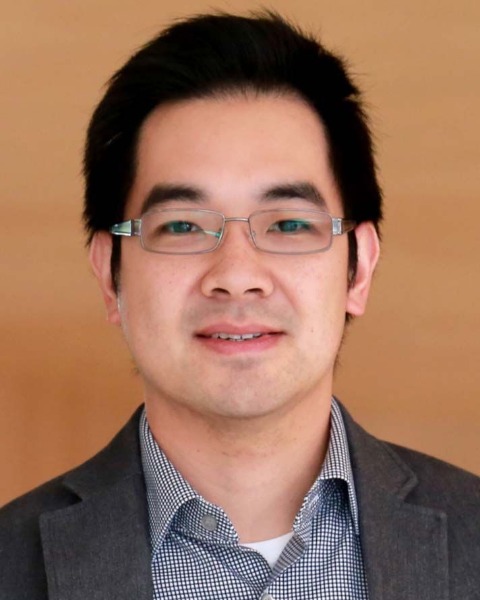Back
On-demand recording will be available 24hrs after the presentation.
Micro- and Nano Technologies
Automated synthetic tissues, organs, & systems
Novel Techniques for Integrating Hydrogel Biointerfaces in Organ-on-a-Chip (OOC) Systems
Wednesday, February 9, 2022
11:00 AM – 11:30 AM
Location: 204AB

Edmond Young, PhD, P.Eng., FCSME
Associate Professor
University of Toronto, Ontario, Canada
The vast majority of organ-on-a-chip (OOC) devices currently being developed for biological research involve the use of polymeric device materials (e.g., PDMS, PMMA, PETE membranes) containing rigid planar surfaces that do not accurately mimic the physiological stiffness of the extracellular matrix (ECM) found in vivo. To address this issue, three-dimensional (3D) hydrogels are frequently used in OOC devices to model the ECM more accurately, and to serve as a scaffold for embedded cells. These hydrogels, however, are typically inaccessible for off-chip analyses and surface probing, limiting our ability to study complex cell-matrix interactions and matrix remodeling. Novel micro-engineered approaches are beginning to emerge that allow enhanced access to OOC-embedded hydrogels, including the analysis of whole hydrogel constructs as well as hydrogel surfaces, enabling the study of more complex questions and deeper examination of the OOC matrix microenvironment. Here we discuss recent advances in the integration of 3D hydrogels as biointerfaces for organ-on-a-chip (OOC) applications. First, we describe an extractable and suspended hydrogel-based airway-on-a-chip model called E-FLOAT used to study aerosolized particle delivery under physiological airflow. We demonstrate that the extractability of the hydrogel enables the study of particle-cell-matrix interactions using off-chip histological sectioning, H&E staining, and scanning electron microscopy that would be difficult or impossible with on-chip analyses alone. Second, we describe a unique microfluidic device architecture called TANDEM that enables multiplanar arrangements of aligned microchannels where both normal and transverse diffusion can occur “in tandem” to facilitate multidirectional cell-cell communication. In addition, TANDEM allows access to hydrogel interfaces in a manner that enables direct on-chip measurement of hydrogel stiffness using techniques such as atomic force microscopy. Together, these advances highlight the development of integrated hydrogel interfaces in OOC systems that can be extracted, probed, and examined using analytical techniques more commonly used for ex vivo tissues and tissue-engineered constructs.


